Six races in nine days on three different tracks around the same venue. The pandemic has created some novel challenges for motor racing teams, but nothing quite as intense as Formula E’s solution to completing its 2019-2020 season.
The electric single-seater series faced the threat of abandoning its season, given that its races take place in cities, where high-density populations are clearly hard to avoid. But a clever idea to host a trio of double-headers in Berlin, at the iconic and disused Tempelhof airport, has allowed the series to go ahead behind closed doors, without breaking Germany’s strict social distancing rules. The first double-header starts today and the finale will play out a week next Thursday. Deep breaths, everyone.
Tempelhof’s abrasive concrete track is already established as one of the most popular on the Formula E schedule, largely because the amount of space available has resulted in a circuit that promotes decent racing. Sometimes, the drivers even manage to pass each other without colliding…
Just to add extra spice and avoid any sense of monotony, the first two races, on 5 and 6 August, will run on the standard track but reversed to a clockwise direction. The pair on 8 and 9 August will use the same circuit but the normal anti-clockwise way, while the final duo, held on 12 and 13 August, will run on a new layout that’s much more ‘technical’ (tight and twisty, that is) after Turn 4.
A true test of stamina
“Two of the track layouts we guessed correctly: the original layout and the reversed one,” says Porsche driver Neel Jani. “The third one will be new for us all.” “It’s genius,” says his team-mate, André Lotterer. “The solution in Berlin is fantastic, and with different layouts, it’s very creative and demanding.”
Formula E races usually run to a single-day format to minimise disruption in city-centre venues, so the nine-day Berlin residency offers a drawn-out schedule that both Jani and Lotterer hope might play to their strengths born from endurance racing.

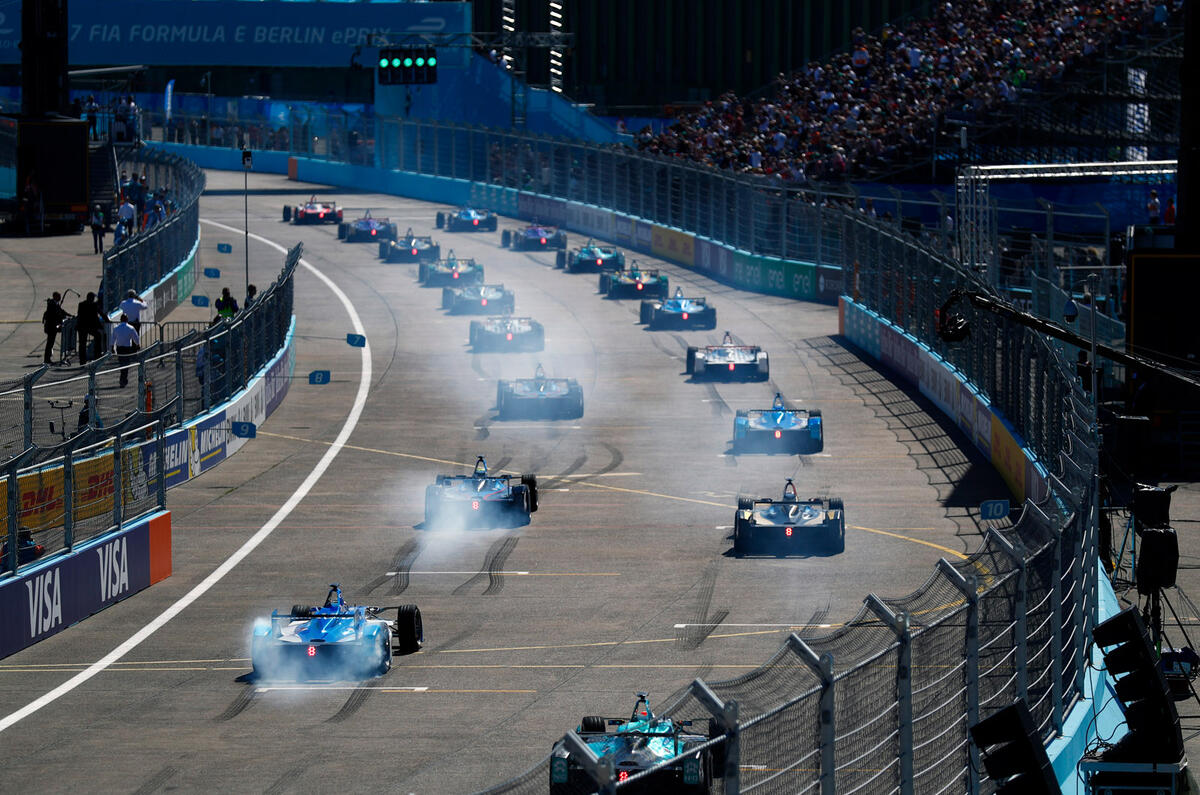
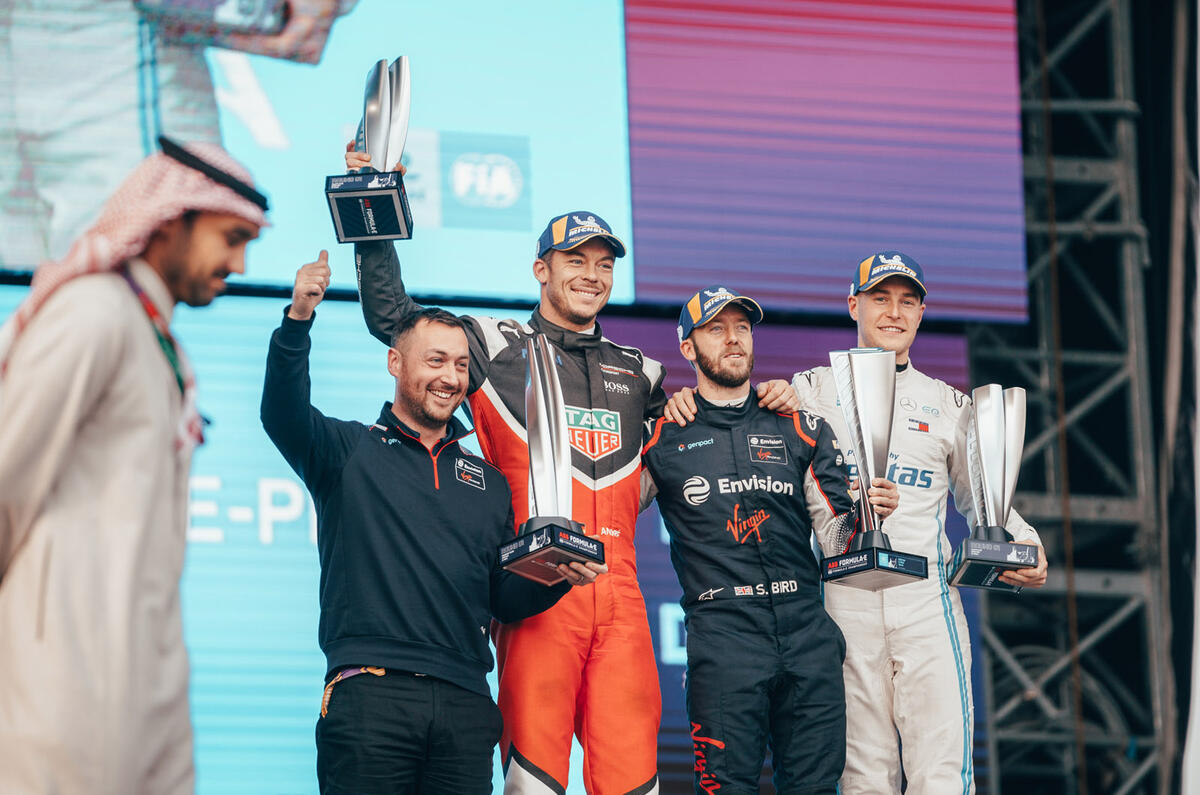
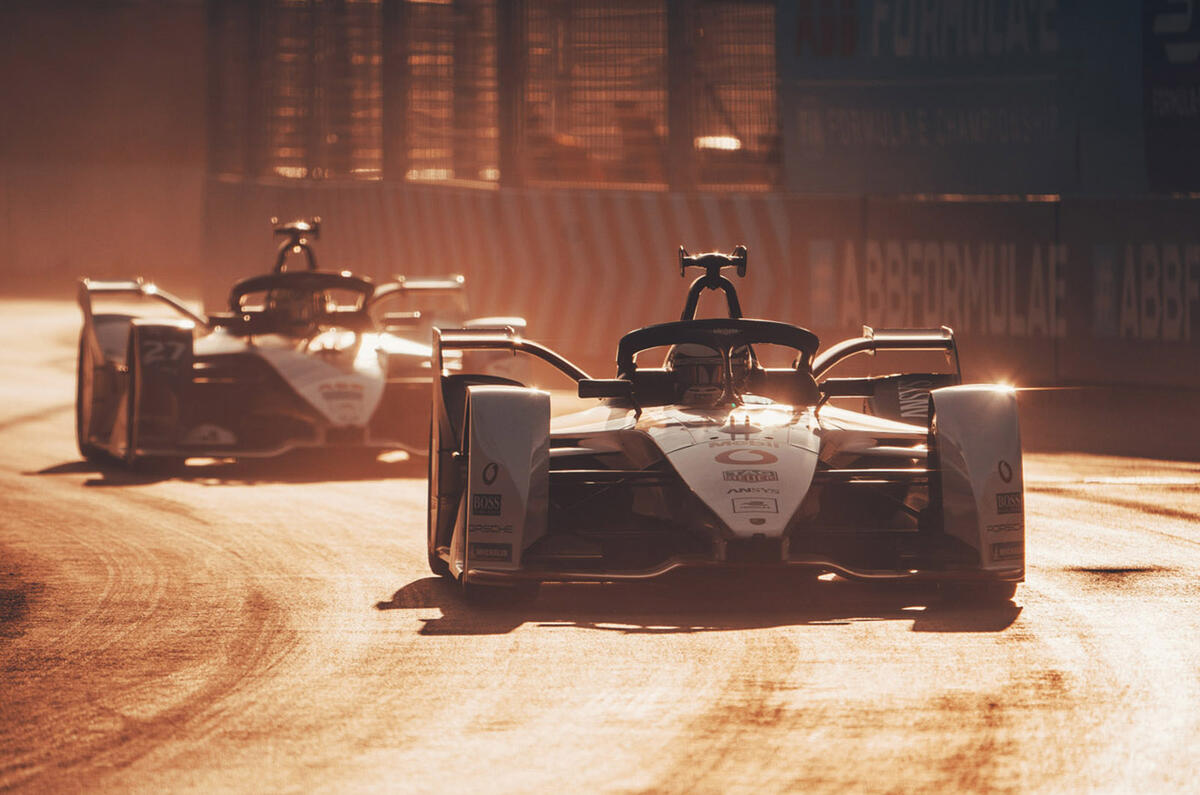
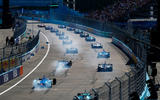
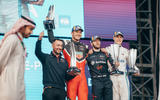


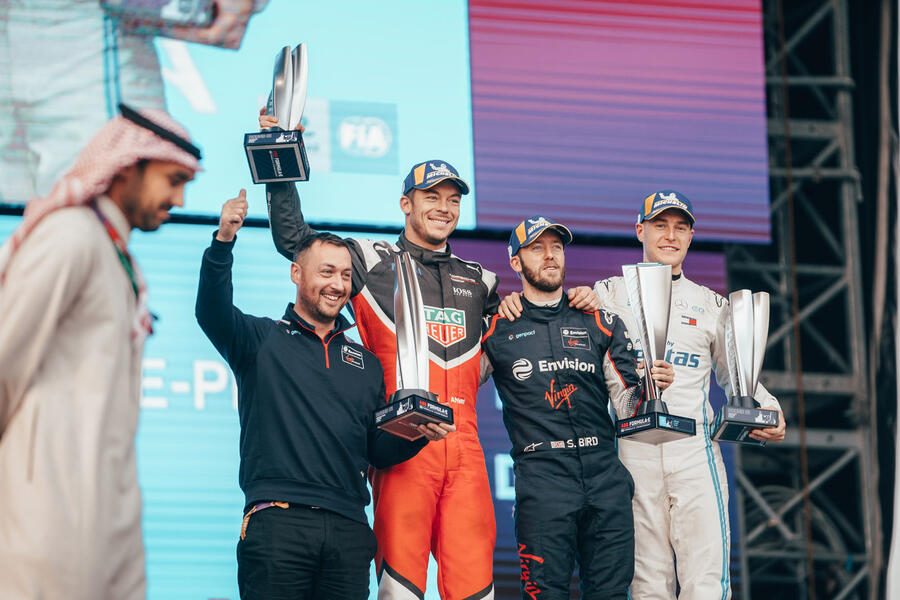
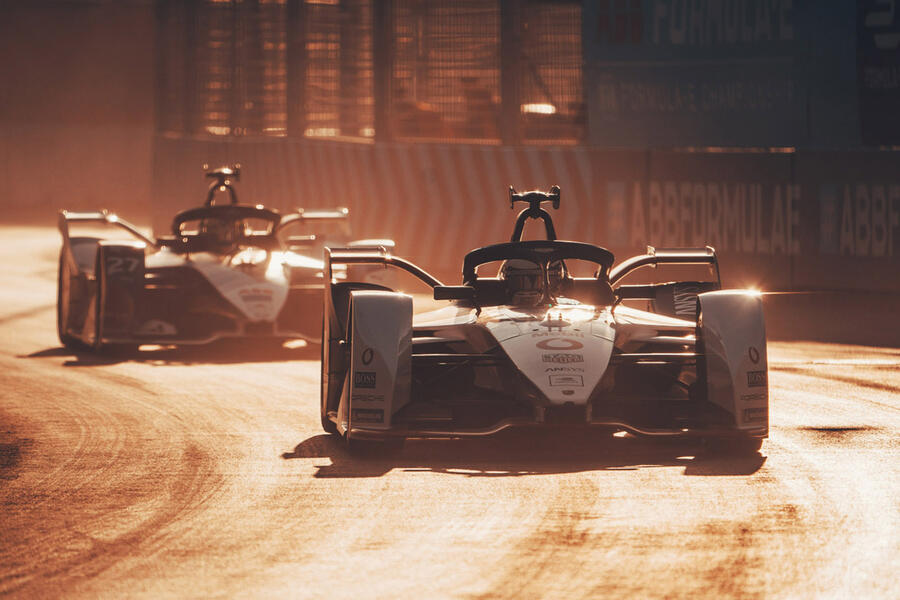

Join the debate
Add your comment
FE still exists ?
FE still exists ?
I think having races on midweek is a mistake and they st bad tim